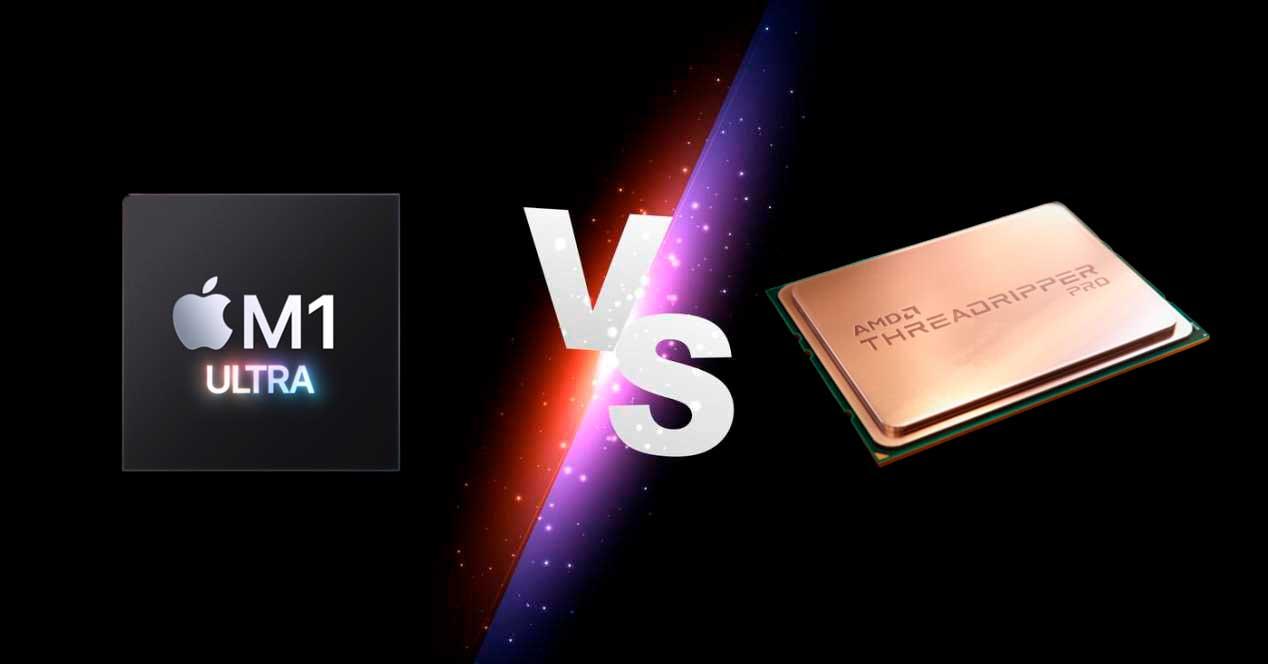
There are 16 billion transistors on the M1, which is the most Apple has ever put into a chip for the fastest CPU core available in low-power silicon and unparalleled CPU performance per watt. M1 Macs max out at 16GB RAM, but even the base 8GB is enough for everyday tasks.

This memory architecture means that the RAM is not user upgradeable, which isn't too much of a surprise because few Macs have user accessible RAM. This brings notable speed and efficiency improvements to the M1. The unified memory architecture that Apple has included is also a major factor because all of the technologies in the M1 are able to access the same data without having to swap between multiple pools of memory.īuilt into the M1 chip, the unified memory architecture lets the CPU, GPU, and other processor components don't need to copy data between one another, and are able to access the same data pool. It marked Apple's first step toward transitioning away from the Intel chips that the Cupertino company used in Macs since 2006.Īs a "System on a Chip," the M1 integrates several different components, including the CPU, GPU, unified memory architecture (RAM), Neural Engine, Secure Enclave, SSD controller, image signal processor, encode/decode engines, Thunderbolt controller with USB 4 support, and more, all of which power the different features in the Mac.īefore Apple silicon, Macs used multiple chips for CPU, I/O, and security, but Apple's effort to integrate these chips is the reason why the M1 is so much faster and more efficient than prior Intel chips. The M1 was the first Apple-designed System on a Chip (SoC) that's been developed for use in Macs. This guide walks through everything that you need to know about the M1 chip and how it's different from the Intel chips that came before it.


The M1 chip received rave reviews for its incredible performance and efficiency, and it is the culmination of more than a decade of Apple's work on chips created for the iPhone and the iPad. In early 2021, Apple added the M1 iMac and the M1 iPad Pro. Apple in November 2020 released the first Macs with an Arm-based M1 chip, debuting 2020 13-inch MacBook Pro, MacBook Air, and Mac mini models.


 0 kommentar(er)
0 kommentar(er)
